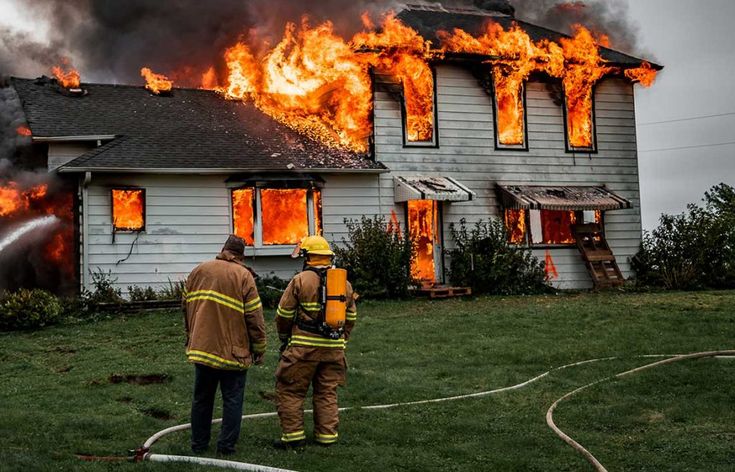In the aftermath of a disaster, whether it’s a flood, fire, or storm, the need for emergency restoration services is immediate and critical. Rapidly assessing the extent of damage is crucial to initiate the restoration process effectively. In this guide, we’ll delve into the steps and strategies to swiftly assess emergency restoration needs, ensuring a prompt and efficient response to mitigate further damage.
Understanding the Scope of Damage:
The first step in assessing emergency restoration needs is to comprehensively understand the scope of the damage. This involves examining the affected area to identify the type and extent of damage incurred. Whether it’s water damage seeping into walls and flooring, fire damage compromising structural integrity, or mold growth in damp areas, a thorough inspection is essential.
Utilizing Professional Expertise:
Engaging the services of professional restoration experts is paramount in accurately assessing emergency restoration needs. These professionals possess the knowledge, experience, and specialized equipment to conduct a detailed assessment swiftly and effectively. They can identify hidden damage, assess safety risks, and formulate a tailored restoration plan to address the specific requirements of the situation.
Assessment Checklist:
Creating a systematic assessment checklist can streamline the process and ensure no crucial aspects are overlooked. Key elements to include in the assessment checklist may comprise:
Structural Integrity: Evaluate the stability of walls, ceilings, and floors to determine if any structural repairs are needed.
Water Damage: Identify areas affected by water intrusion, including visible signs such as water stains, dampness, or pooling water.
Fire Damage: Assess the extent of fire damage, including damage to walls, roofing, electrical systems, and belongings.
Mold and Mildew: Inspect damp or moist areas prone to mold growth, as mold can proliferate rapidly and pose health risks.
Biohazard Contamination: Check for the presence of biohazards such as sewage backups or hazardous materials that require specialized cleanup procedures.
Electrical Hazards: Identify any electrical hazards, such as exposed wires or damaged electrical systems, to ensure safety during restoration efforts.
Prioritizing Restoration Tasks:
Once the assessment is complete, prioritize restoration tasks based on urgency and safety considerations. Addressing immediate threats to health and safety should take precedence, followed by measures to prevent further damage and facilitate the restoration process. This may involve actions such as water extraction, securing the property, and implementing temporary repairs to mitigate risks.
Documenting the Assessment:
Documenting the assessment findings is essential for insurance claims, communication with stakeholders, and tracking the progress of restoration efforts. Keep detailed records of the assessment, including photographs, notes, and any relevant documentation, to support the restoration process and ensure accountability.
Conclusion:
Swift and accurate assessment of emergency restoration needs is the foundation for effective restoration efforts. By understanding the scope of damage, leveraging professional expertise, and prioritizing tasks, restoration teams can initiate timely and targeted interventions to restore properties to their pre-disaster condition.
Here is another article on restoration
FAQs:
Q: Can I assess the damage myself, or do I need to hire professionals?
A: While you can conduct a preliminary assessment, it’s advisable to seek professional assistance for a thorough and accurate evaluation, especially for complex or extensive damage.
Q: How long does the assessment process typically take?
A: The duration of the assessment process depends on the size and complexity of the damage. A professional assessment may take several hours to complete, but it’s essential for informing the restoration plan effectively.
Q: What should I do while waiting for restoration experts to arrive?
A: Prioritize safety by avoiding contact with electrical hazards, standing water, or compromised structures. If safe to do so, document the damage and take measures to prevent further harm, such as turning off utilities or moving valuables to a dry area.

